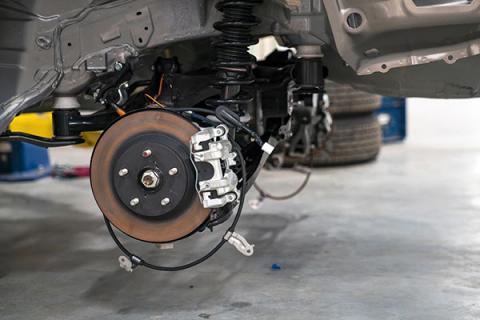
Your automobile is a culmination of intricate parts and components that work in harmony to provide the push that allows you to get from one place to another. When we talk about cars, most of the focus is on horsepower, torque, and acceleration. But, what people tend to forget is that none of these attributes can come into power unless you can control the vehicle on the road. When we talk about control, the car suspension system plays an integral role. Let’s dive deeper into what is car suspension and why is it so important?
What is a car suspension system?
The suspension system of any vehicle consists of a number of components that work to maximise the friction between the tyres and the road surface. It is committed to keeping the ride as smooth as possible while allowing the driver to have complete control over the steering wheels. It increases the comfort of the passengers and keeps everyone on the road to be safe. With modern technologies, the car suspension system has evolved to provide maximum comfort with minimal efforts.
The need for car suspension arises from the irregularities of the roads. Even a freshly paved highway has slight bumps and imperfections that could hamper the control of the car. And let’s be real, nobody wants their car losing the touch with the roads! A tiny bump in the road can lead to the wheel moving up and down perpendicularly. Without a suspension system, you would not be able to land back safely on the road.
Why is your Car Suspension so Important?
Engineers and mechanics emphasise keeping the suspension system maintained and in good condition for several reasons. If you’re wondering why there is so much limelight on the suspension system, take a look at the points mentioned below!
Here’s why the suspension system is so essential:
- They control spring and suspension movement
- It helps to avoid premature tyre wear
- Maintains the dynamic wheel alignment
- Reduce the impact on other vehicle components by absorbing the shock
- Provides smooth and consistent handling of the vehicle
- It keeps the tyres in contact with the road
- Prevents brake wear
- Controls vehicle bound, sway, drive, and acceleration
- Log in to post comments
